Marianne Mader, geologist-planetary scientist-tinkerer
“What I love about the field of space is the concept of pushing boundaries and technologies.”

At the ROM, 2015; Photo: Brian Boyle
“For me, science and exploration go hand in hand.”
Marianne Mader says this with the same excitement and exuberance she brings to our entire conversation. It’s abundantly clear that she loves her work and believes with her whole being that everyone should be in on the secret she’s known since childhood: Science is awesome.
Not just science, but our natural world. That extends beyond our borders—like Marianne’s experience as an 11-year-old camping with her family on a California beach one summer: “My most vivid memory is of these clouds rolling over the mountains, and taking a mental snapshot of that image and being in complete awe.”
And it goes far past our orbit, reaching out to other planets and other worlds…
Marianne is a geologist and planetary scientist. She is Managing Director for the Royal Ontario Museum (ROM) centres for Earth & Space and Fossils & Evolution. She’s also a planetary science and exploration researcher for the University of Western Ontario.
Throughout her esteemed career, which is very young yet, she has already collaborated with the Canadian Space Agency (CSA), NASA and MDA—Canada’s largest space company. She was among the top 1% of applicants to the 2009 Canadian astronaut selection process. And she is co-founder of STEAMLabs, an extraordinary, all-ages, non-profit makerspace in downtown Toronto, Ontario.
Evan Hadfield nominated Marianne as a Kickass Canadian, saying that she helps to “actively create new engineers, supplanting the inevitable ‘through the cracks’ learners of our school system.” She does that through her work with STEAMLabs and at the ROM, engaging others in science and discovery, and encouraging them to explore our world’s limits while pushing their own.
Here’s how she got engaged.
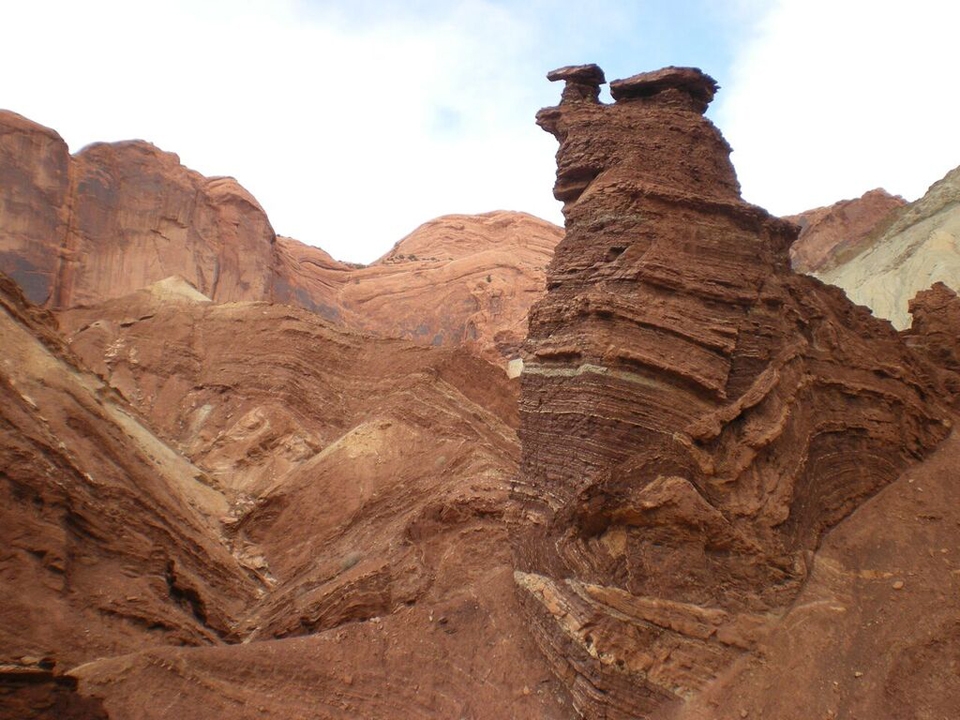
Upheaval Dome, Canyonlands National Park, Utah; Photo: Marianne Mader
A rock-solid foundation
Marianne was born in Halifax, Nova Scotia, and grew up in nearby Dartmouth with her twin brother, Michael, and their elder brother and sister, Rob and Michelle. Her mother was a nursing coordinator at Dartmouth General Hospital, and her father was a junior high school teacher, and later a principal at Prince Arthur Junior High, John Martin Junior High and Eric Graves Memorial Junior High School.
During the summers, the family would hop in their station wagon and travel around the Maritimes, Ontario and Florida. When Marianne was in Grade 6, they took an extended vacation, driving west across Canada, and back home through the United States. The Maders didn’t know it at the time, but they were laying the foundation for Marianne’s lifelong passion for discovery.
“When I think back to my childhood, my strongest memories are of exploring national parks around North America, of being outside,” she says. “It gave me a strong sense of exploring and seeing the beauty in nature.”

Goosenecks State Park, Utah; Photo: Marianne Mader
During the school years, Marianne excelled academically. She took as many honours science classes as she could while at Dartmouth High School; she was, after all, part of the “Star Trek generation.”
Once she’d graduated high school in 1995, she enrolled in a Bachelor of Science program at the University of New Brunswick (UNB). She started out in biology, planning to pursue genetics, but by second year, decided to switch to geology so she could work where her heart truly lay—outdoors.
While pursuing her undergraduate degree, she spent two summers working with the Geological Survey of Canada (GSC) and examining “really old rocks” in Northern Ontario. That led to an opportunity to work in Greenland for a Memorial University professor after she completed her BSc in 2000, which ultimately opened the door to her first Masters degree.
“My educational and career decisions have mainly been driven by my asking, ‘Where can I explore?’” says Marianne.
She’d been longing to visit the Arctic. So she had a field day (albeit one that lasted several years) when her Masters program took her to places in Greenland reputed to bear the oldest evidence of life on earth—rocks and fossils from around 3.8 billion years ago.
“When I look at the short-term, what’s happening today, it’s a different mindset than when I think into the mindset of billions of years,” she says. “There’s a respect for the Earth and its processes. When you’re studying rocks, you’re studying the history of the Earth. You’re studying history over millions and billions of years. Humans are nothing at that timescale; we’re not even a blip.”

In Hawaii
Unearthing science: A space odyssey
Marianne completed her Masters of Geology and Earth Science at Memorial University in 2005, and with her degree came a strong craving for real-world, international experience. She took a position as an environmental analyst for a company in Bangkok, Thailand, through Memorial’s Fisheries and Marine Institute and Foreign Affairs, Trade and Development Canada.
But something in the stars promised a return to academia.
Shortly before accepting the position in Bangkok, she learned about the Master of Space Studies program at the International Space University (ISU) in Strasbourg, France. She went to Thailand “with an open mind,” but after a year, decided to pursue her second MSc.
It was at ISU that Marianne finally had her “aha” moment.
“In high school, my approach had always been to keep as many options open as possible,” she says. “I remember making a conscious decision to study science, but I didn’t know what I wanted to do, specifically… It’s really neat when you meet scientists throughout your career, especially working at the ROM, because there are people who knew from age six that they wanted to be a paleontologist. But I never had that. I kept waiting for that moment to happen, that moment when I would know what I wanted to do.”
It happened during her first week at ISU while listening to a lecture by “amazing” Japanese astronaut Chiaki Mukai. “Hearing her talk about space, I just thought, ‘This is the field I want to work in,’” says Marianne. “(The space studies) program is interdisciplinary by its very nature and I think that’s something that maybe had been missing before for me. Once I discovered that multidisciplinary, inspiration-driven field, I was hooked.”
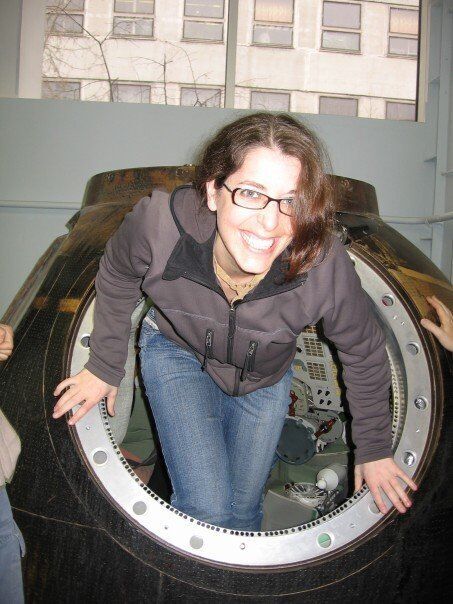
Stepping out of a Soyuz rocket at the Rocket and Space Corporation Energia museum, Moscow, Russia
While in the program, Marianne took an internship with CSA. When she completed her second MSc, in 2007, she found work with the agency as a space science research affiliate.
It was through her involvement with CSA that she learned about a lunar analogue site in Labrador. “There was an impact crater that had similar characteristics to the moon,” she says.
In 2009, Marianne officially began developing lunar exploration strategies toward a PhD in Planetary Science through the University of Western Ontario. “My supervisor got funding from CSA, and I was part of a large team that conducted larger-scale simulations at that crater in remote Labrador, testing rovers,” she says. “These were astronaut simulations exploring how to do geology on the moon. We had a mission control back at Western and we communicated via satellite dish. They were intense operations. It was wonderful.”
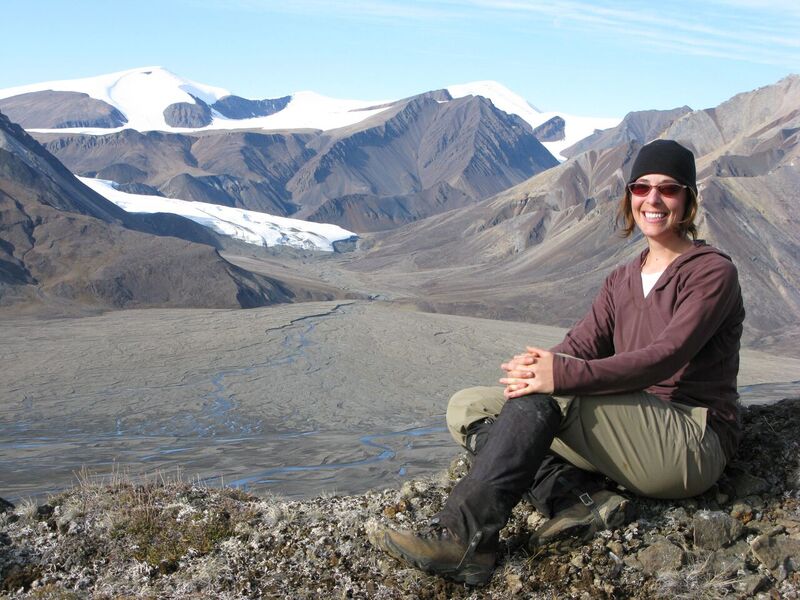
On Axel Heiberg Island, Nunavut doing CSA fieldwork
Around that time, she also applied to the 2009 Canadian astronaut selection process. Of about 10,000 applicants, of whom roughly 5,350 met the basic requirements, she made it to the interview stage, along with about only 75 others—the top 1% of applicants for one of the most exclusive jobs on Earth (and sometimes off).
“What I love about the field of space is the concept of pushing boundaries and technologies,” says Marianne. “Anyone who is involved in the space industry, they’re in it because of this childhood love. No matter where they’re working in the field, there’s this connection to that sense of wonder.”

At NASA’s Johnson Space Center, Houston, Texas
STEAMLabs
Someone who shares in that wonder—about space and science, but also about discovery in general—is her husband, Andy Forest.
Marianne met Andy at a Subtle Technologies conference in 2009, just as she was moving to London, Ontario to start her PhD. He stayed in Toronto and the pair dated long-distance until she completed her coursework.
Then one day, she asked him to marry her—in the most appropriate place for a geologist. “I proposed in Newfoundland because it’s now my second home and I wanted to tie him to The Rock,” says Marianne. She took Andy to the side of Signal Hill, and “there was a rainbow, and it was really lovely.” And he said, “Yes.”
Their 2012 wedding was just as charming as their proposal, and “classically fun and makery,” with a picnic, rocket launches and a big red balloon.

Marianne and Andy on their wedding day, 2012; Photo: Melissa Battler
For the finishing touch on their unconventional wedding, Marianne and Andy used the money they were gifted to buy the first 3D printer for their brainchild, the non-profit makerspace STEAMLabs.
STEAMLabs started taking shape in 2010, when Andy saw a TED Talk by Gever Tulley called Life lessons through tinkering, about engaging youth through creative problem solving. In Gever’s words, “Success is in the doing, and failures are studied and analyzed.”
Andy was inspired. A lifelong tinkerer and entrepreneur himself, he wanted to make Gever’s idea come to life in his own background. Or at least his garage.
That summer, he rearranged the garage and ran a week-long camp for his first three children (now 16, 14 and 12) and their friends. They made boats that sunk in Lake Ontario, and had a blast as their creations filled with water. They built motion-activated nerf guns using Arduino software. And at the end, Andy knew he needed to find a way for his children, and others, to do more of it.
So he and Marianne began doing what they do best: exploring. They researched ways to fund their non-profit, hoping to avoid relying only on grants in case the pool ran dry, and came up with a funding model that draws primarily on program fees; any grants offset costs for participants in need of a subsidy. In 2011, they officially co-founded STEAMLabs in a space near their home, offering summer camps and after-school programs for youngsters.
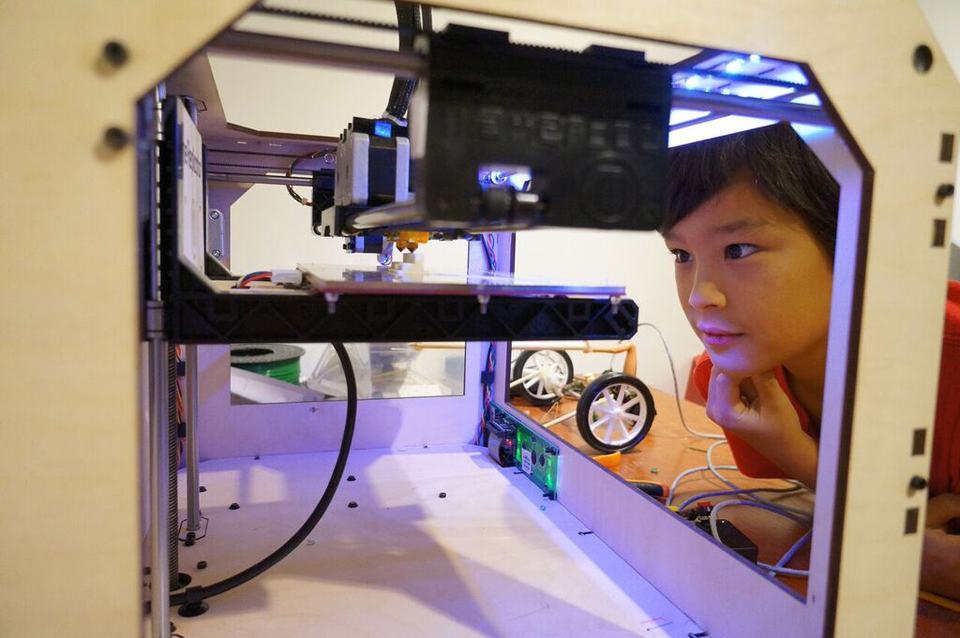
Photo: STEAMLabs
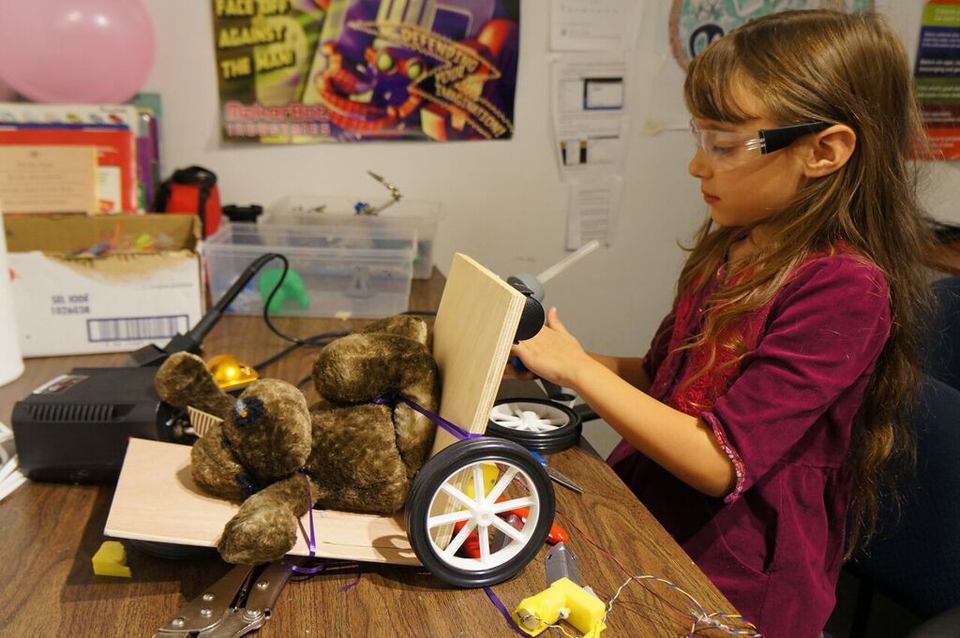
Photo: STEAMLabs
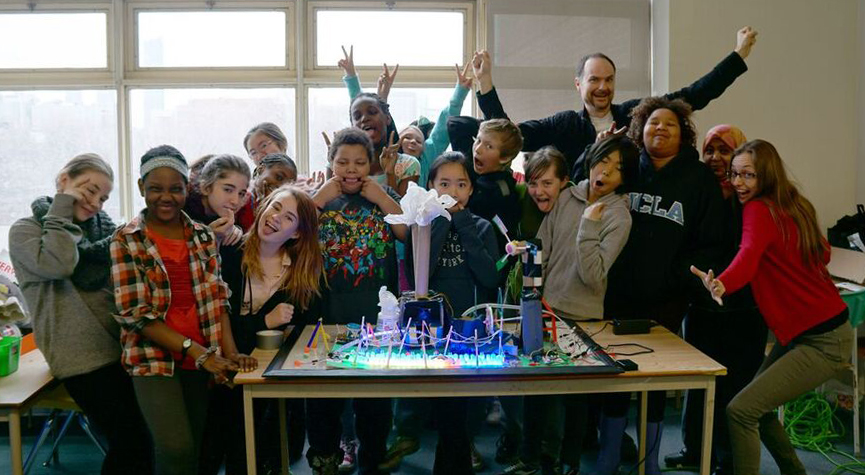
Andy with Grade 6 students from Downtown Vocal Music Academy of Toronto and their interactive model of Ontario’s power system; Photo: STEAMLabs
Since then, STEAMLabs has continued to gather momentum, with Andy as lead instructor and Marianne helping to develop the organization largely behind the scenes. (While STEAMLabs forged ahead, she continued work on her PhD, and served as a Western science outreach specialist until 2013. She also spent six weeks in 2012-2013 as one of only three Canadians to ever participate in the prestigious Antarctic Search for Meteorites (ANSMET) program. And, in early 2014, she gave birth to one of Canada’s youngest tinkerers-to-be—her son, Rory Forest.)
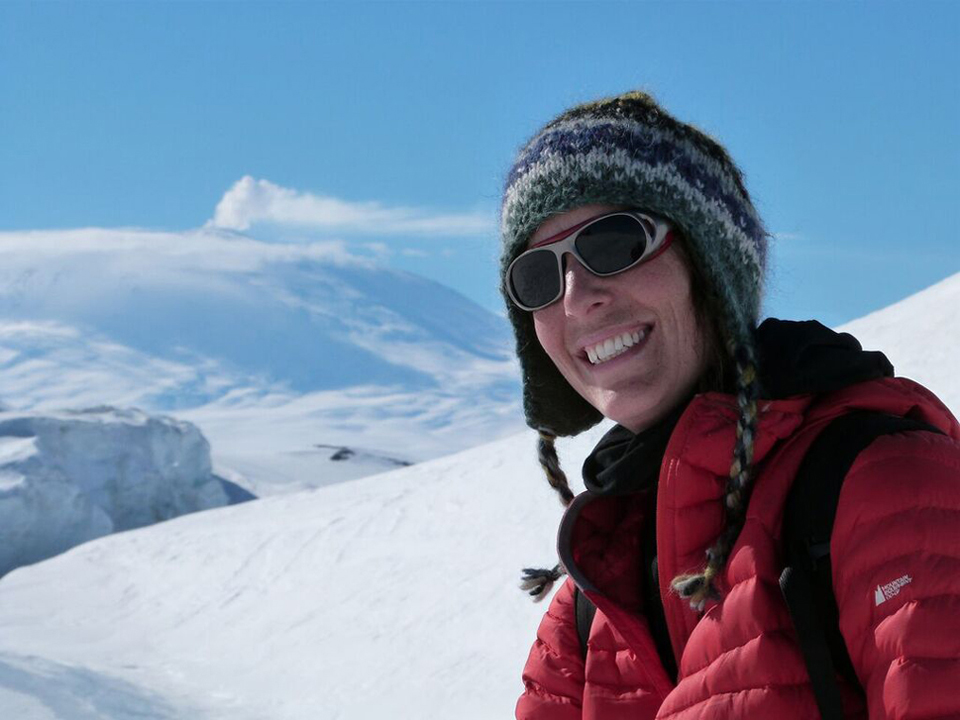
In Antarctica with ANSMET; Photo: Tom Sharp
Marianne and Andy’s combined efforts recently resulted in the biggest move yet for their organization: STEAMLabs relocated to the ground floor of the Centre for Social Innovation in downtown Toronto.
“It’s a whole building full of co-working spaces for organizations, non-profits and social entrepreneurs that are doing good for the world,” says Marianne.
The new STEAMLabs space, at 192 Spadina Avenue, is set to open in early 2016. But the non-profit has expanded more than just its walls. It now runs year-round and offers programs for people of all ages. The idea is to make the organization as accessible as possible, something Marianne and Andy strive for by frequently asking themselves: “How can we enable everyone to be a maker?”
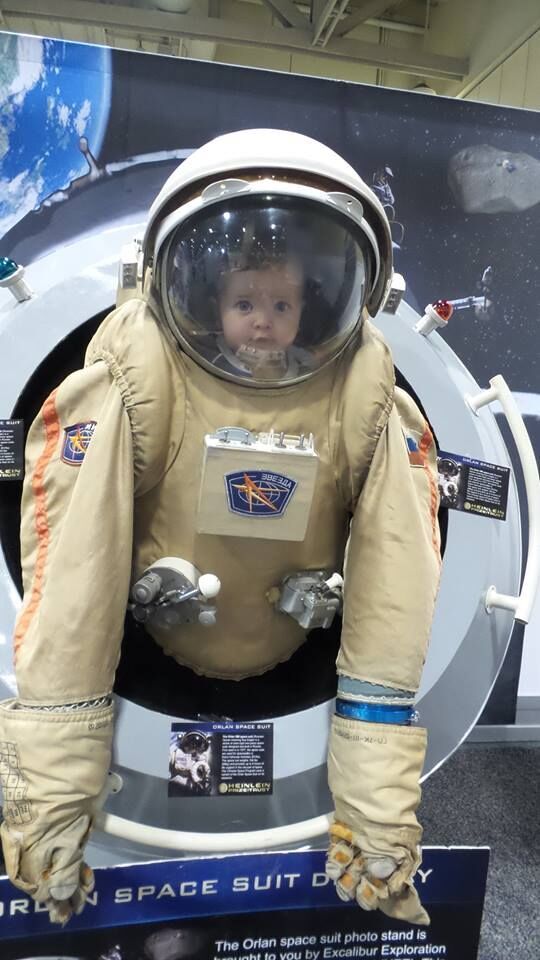
Astronaut Rory Forest at the International Astronautical Congress (IAC) Conference, 2014; Photo: Marianne Mader
Chris Hadfield’s Generator
On October 28, 2015, Marianne posed that question to a much wider audience than she ever had before.
She gave a talk about science and learning and makerspaces at the first annual Generator, launched by her fellow Kickass Canadian Chris Hadfield and presented by his son Evan’s advertising agency, Launch*pad. Generator was inspired by an event Chris attended in London, England in 2014—an event that blended “music, science, comedy and everything in between,” and one he became determined to recreate in Canada.
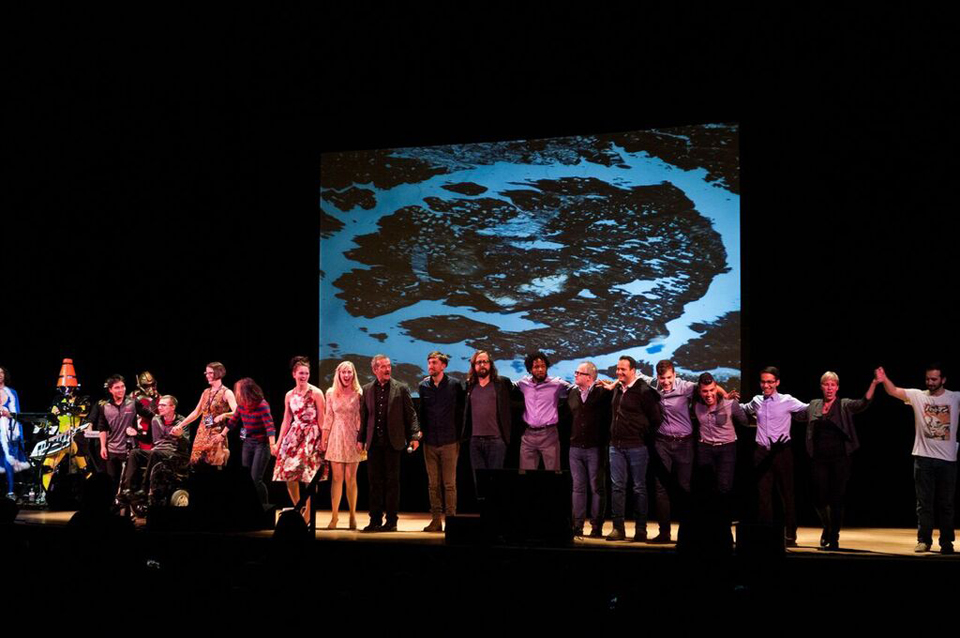
The speakers at the launch of Chris Hadfield’s Generator, Toronto, Ont., 2015; Photo: Rich Archer
Marianne had been in contact with Evan to arrange for Chris to carry a piece of Mars from the ROM’s collection as a promotional effort at the 2015 Toronto International Film Festival (TIFF) screening of The Martian.
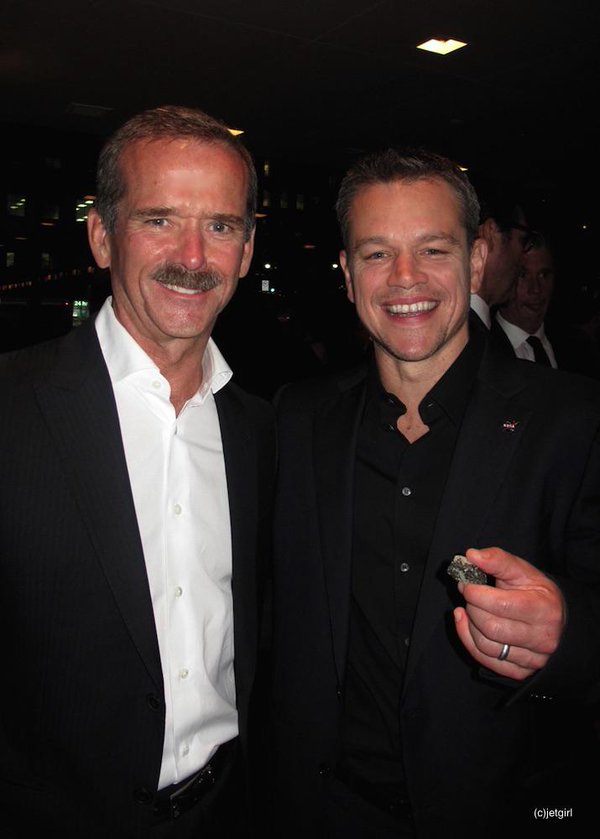
Chris and Matt Damon (holding a piece of Mars from the ROM) at the TIFF premiere of “The Martian,” Toronto, Ont., September 2015
Through their meetings, Evan quickly recognized Marianne as the incredible resource she is on science and space, and invited her to speak at Chris Hadfield’s Generator. She accepted the invitation and took the opportunity to tell a story she’d never shared until that night:
Throughout their childhood in Dartmouth, while Marianne thrived at school, her twin brother, Mike, had less success. From assignments to clubs to teams, elementary school just didn’t come as easily to him. It wasn’t until high school that he found a niche, doing audiovisual for the school’s shows and assemblies. And it wasn’t until the end of Grade 12 that a teacher introduced him to an environment in which he was able to flourish: a technical festival where he could learn through doing. Mike went on to study theatre lighting, and is now one of Nova Scotia’s leading lighting designers. He got there because he had the opportunity to tinker and be exposed to an alternative learning style.

Marianne and Mike
“With STEAMLabs, we’re attracting kids who, like my brother, are looking for other experiences than they’re getting at school,” says Marianne. “The school system is wonderful, but for a variety of reasons, it doesn’t always work for some kids. When they come to STEAMLabs, it looks very different from what the traditional school systems look like. There are no tests or things like that. It’s very interest-driven by the kid. They can create whatever they want, and we’re there to help, but it’s not about doing things for them. This style of learning helps them work through their challenges and find new ways.”
Since her Generator talk, she says STEAMLabs has gotten more interest than ever from volunteers across all sectors. Some are new to the maker movement, but they still see its value and want to help. That’s something Marianne is absolutely thrilled about.
“There’s so much interest and so much need in having makerspaces,” she says. “We want to encourage it as much as possible.”
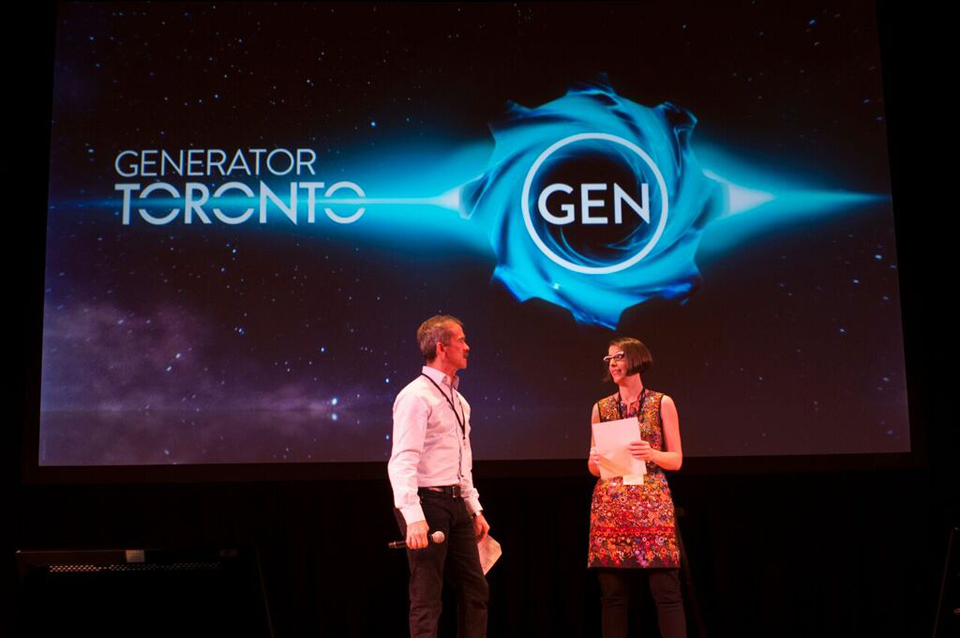
Onstage with Chris, prepping for his inaugural Generator, Toronto, Ont., October 2015; Photo: Rich Archer
Exploring ROM and beyond
Every day at her new job at the ROM, Marianne draws on her experience and philosophy with STEAMLabs, as well as her lifetime of exploration. She may not have always been certain of her exact destination, but she knows now that she’s exactly where she wants to be.
“Having this opportunity at the ROM that marries an understanding of research and how it’s connected with public engagement and science communication—it’s the perfect combination,” she says. “I’m really excited about where this is going to go. I think multidisciplinary engagement is going to be really interesting, and I’m looking forward to incorporating engagement philosophies of interest-led, open-ended experiences—not just for kids, but for people in general.”

At the ROM, 2015
So, while raising a family with Andy, finishing up her PhD (she defends this December), and of course helping promote learning and discovery at STEAMLabs, Marianne will make the most of her position at the ROM to encourage science and exploration among people of all ages. “I love working with these centres (at the ROM) because, for me, these are gateway topics,” she says. “Earth and space, fossils, the evolution of life on earth, evolution of the solar system… They’re extraordinary topics to explore.
“I find it fascinating because it does speak to these deep-rooted questions that humankind naturally asks, like, ‘Where did we come from? How did we get here?’ Working on that timescale, there’s a constant sense of awe.”
* * *
For the latest from Marianne, visit mariannemader.com and follow @MarianneMader on Twitter.
To learn more about STEAMLabs, visit steamlabs.ca and follow @STEAM_Labs on Twitter.
 Kickass Canadians
Kickass Canadians
An inspiring human being and one I’ve had the pleasure to work with. Fantastic to see her doing all these kickass things. Ad Astra, Maker Mader.
Thank you, Amanda, for another informative and impressive introduction to another piece of the wonderful mosaic of inspiring Canadians you have been creating over the last five years. Bravo to you! I also always appreciate the links you provide in your pieces about all the KACs; Canada and the world (and space!) are both vast and so interconnected.
You’re welcome, Catherine! So glad you enjoy the articles. 🙂
Marianne IS a Kickass Canadian who sees only more to do and more to share… Her smile tells you a lot. But, as her aunt, rest assured that a lot of hard work and creative energy maketh the woman!
Mary Ellen, it always does, doesn’t it? 😉 Thanks for the comment!